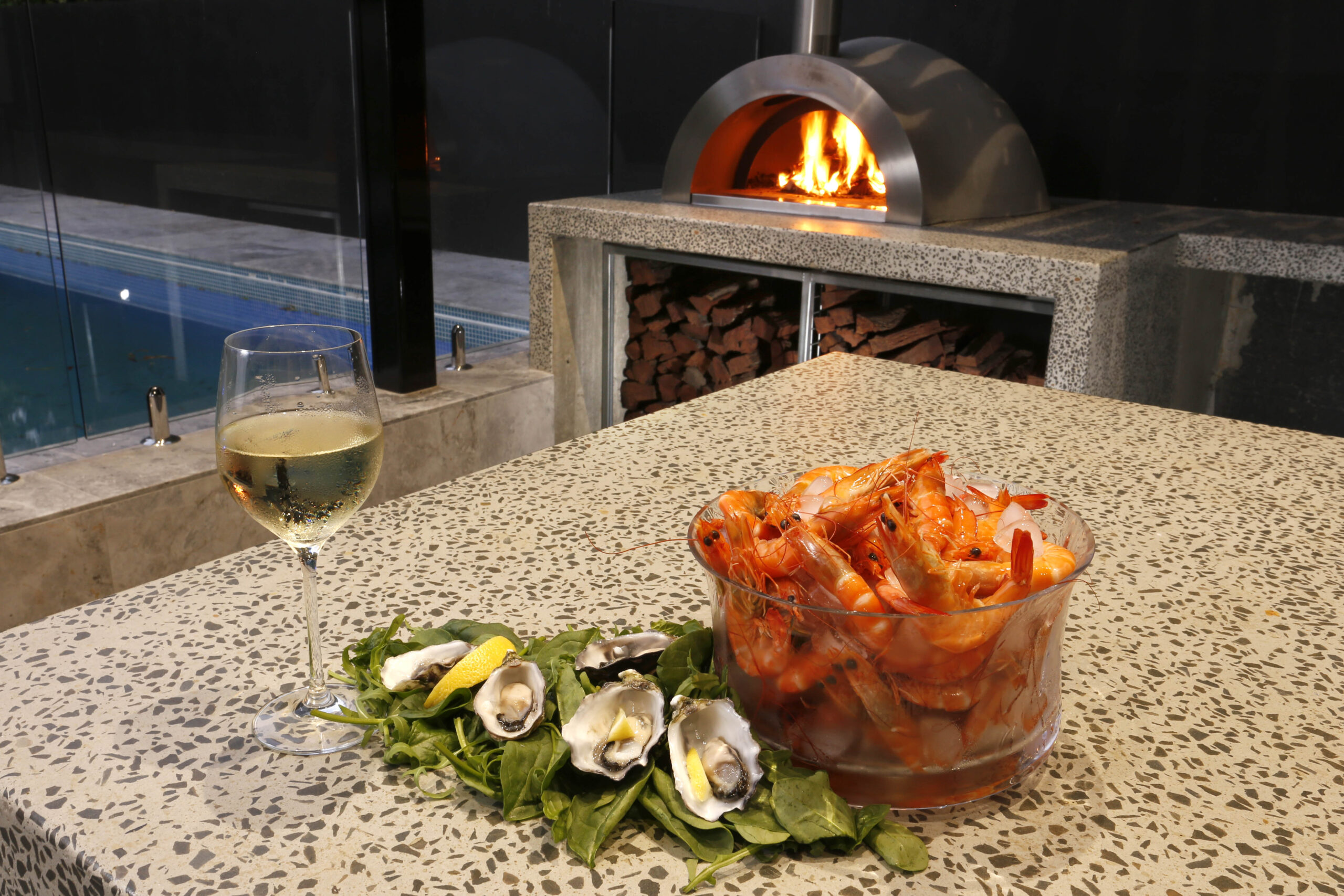This website uses cookies so that we can provide you with the best user experience possible. Cookie information is stored in your browser and performs functions such as recognising you when you return to our website and helping our team to understand which sections of the website you find most interesting and useful.
5 Applications of Concrete that You Probably Haven’t Thought Of…
Whenever concrete is mentioned, images of its use in construction and house foundations usually come to mind. But concrete has taken on a new life over the years as architects and builders discover innovative ways to mould, strengthen and decorate the versatile material. We look at concrete differently today; exploring concrete’s functionality and the unforeseen and stylish applications it can take on about the home.
Versatile Concrete
Concrete can add warmth as it complements the contemporary design aesthetics of a home. You can use concrete in the bathroom instead of tiles to create a benchtop, a bath surround or a floor of exposed aggregate. It can be introduced in such a way so as to proudly show off the concrete itself such as an impressive dining room floor made of polished concrete that gleams like glass, or a stamped concrete path of a colour and texture that complements your home’s design. Concrete is a flexible material that can be cast into complex shapes. Your decorative concrete can contain natural stone, scrap metals, petrified woods, mosaics of glass crystals and even phosphorescent glow-in-the-dark materials. Here are five applications of concrete you probably haven’t thought of:
1. Concrete Benchtops and Sinks

Concrete is a practical alternative to expensive marble, for if it’s the stone-like look you’re after, the concrete aggregate mix can be precisely moulded and shaped to benchtop dimensions and then finely polished back to reveal an exquisite natural stone finish with a mirror-like sheen. A pastel-coloured concrete sink with smooth, matt finish is a stunning thing to look at. Concrete sinks can be a separate stand-alone or inset in a concrete benchtop.
2. Concrete Furniture
A concrete table makes a great centrepiece for your patio and dining areas. Concrete is very suited to creating simple but elegant coffee tables. Furniture made of concrete is functional and its minimal design means it can accompany just about any style of architecture. A polished concrete table with refined straight edges makes for a stunning addition to your home office. Stained re-purposed timber legs partner perfectly with concrete. Versatile concrete seats made from cement, aggregate, sand and stones can come in many shapes from cylindrical slabs and hexagonal blocks to solids with groovy curves that make them look like bean bags. Solid concrete seats are long lasting and will withstand any weather conditions – they’ll never get blown about in the wind. A simple concrete stool consisting of a concrete disc set on top of a tripod of hardwood legs brings a little bit of Scandinavian charm to your home.
3. Concrete Bowls
There’s a vast range of colouring agents that can be applied to concrete to create modern concrete bowls for the kitchen and classic style planters for the garden. The concrete mixture can be poured into a mould, set, washed, and then sealed with a concrete dust proof solution.
4.Concrete Stairways

When a concrete stairway is done well, it can have the appearance of floating on air. A concreted stairway can be moulded entirely of solid concrete or used with other materials that form the structural skeleton for a decorative concrete skin. There are many design options from the old-world Hollywood movie types adorned with fancy wrought iron work and carved timber handrails, to urban chic chrome posts and wire handrails. A concrete stairway can add glamour and style to any indoor space.
5. Concrete Homes
There’s no doubting the strength and sturdiness of a concrete home. They can be designed and built to suit any architectural style.[1] No fragile frames or brittle bricks needed here. Solid precast concrete exterior wall panels, the structural load-bearing elements of the home, are bracketed on top of concrete footing pads. Concrete homes can incorporate recycled cementitious materials, have excellent thermal properties, and are resistant to fires and other extreme weather events. Hardwoods, tiles and carpet can be introduced as finish materials while the use of taints and textures stamped into the concrete slab floor can be used to create spectacular transition areas inside and out.
1. Concrete Homes: Strong, Versatile, Durable http://www.cement.org/concrete-basics/concrete-homes
